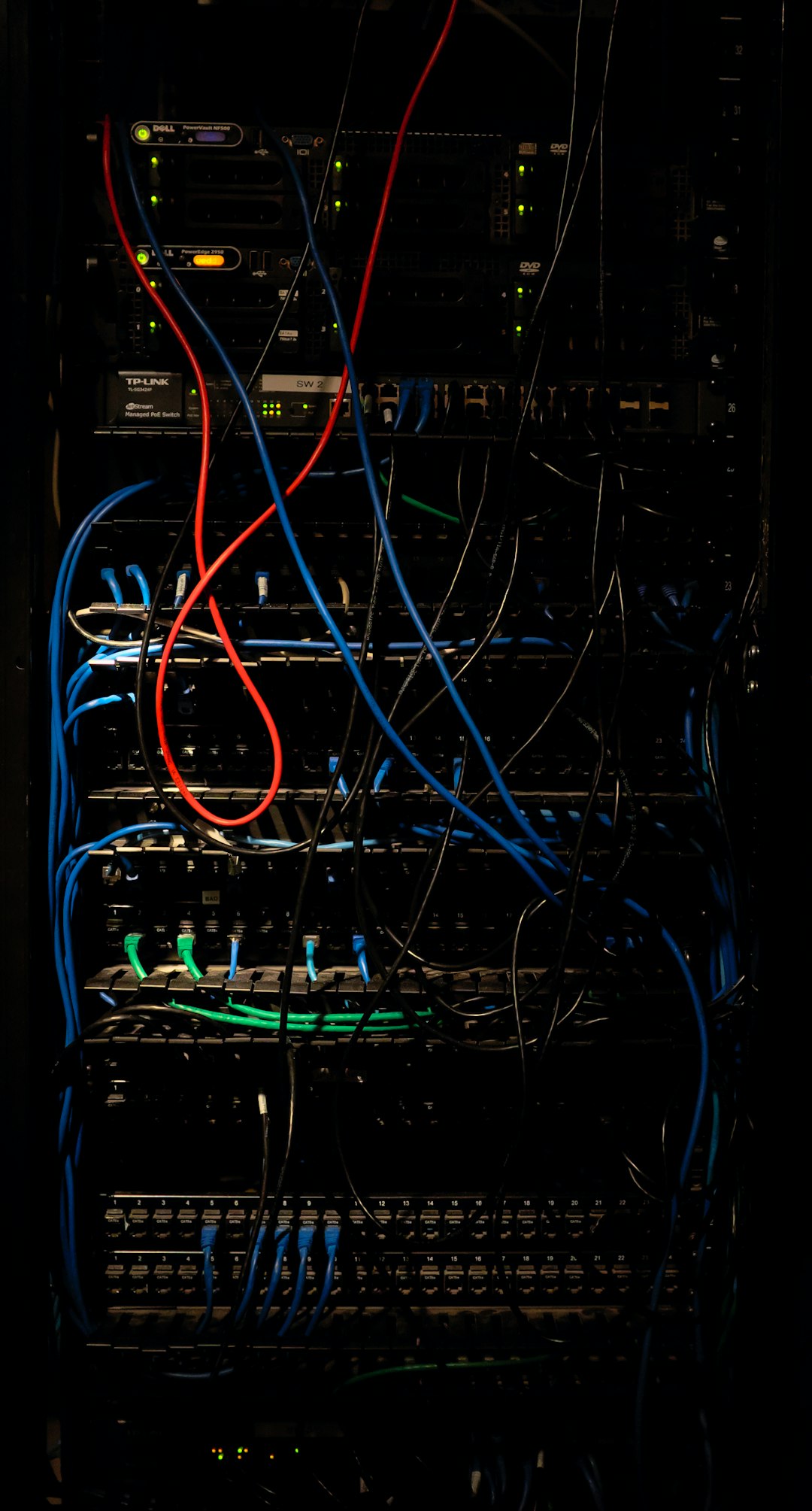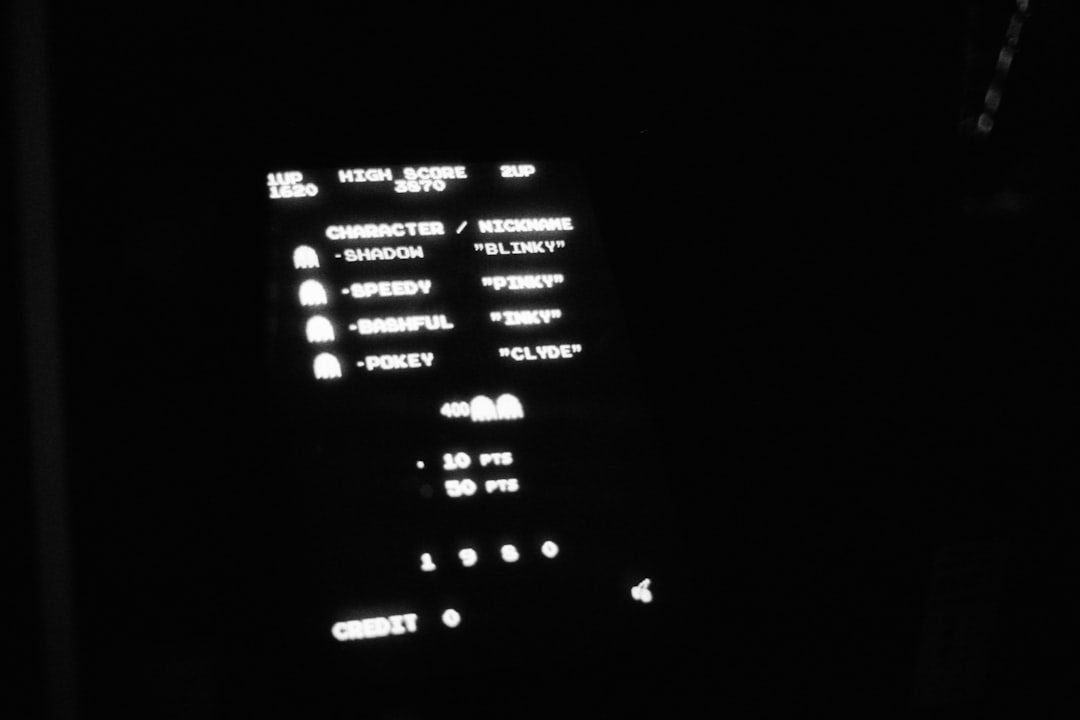Popupsmart, like most SaaS platforms operating at scale, faces the constant challenge of balancing performance with reliability under unpredictable loads. During a recent high-traffic interval, the platform experienced the dreaded HTTP 500 internal server errors. What unfolded over the ensuing hours was a meticulously executed recovery operation powered by well-established diagnostics, predetermined health checks, and a staged cache purge that shielded users from experiencing extended downtime.
TL;DR
During a surge in user activity, Popupsmart began returning sporadic 500 errors due to overwhelmed backend services. Thanks to its preconfigured origin healthchecks and a systematic approach to cache purging, the platform recovered without significant disruption to most users. Key infrastructure remained intact, and normal operations resumed rapidly and safely. This incident serves as a strong reminder of the necessity of disaster planning for any service operating at scale.
The Incident
On a Tuesday afternoon, coinciding with a marketing campaign launch, Popupsmart witnessed an unexpected spike in user traffic. This sharp increase overwhelmed several backend services, including dynamic content rendering and third-party analytics integrations. Within minutes, a portion of users began receiving HTTP 500 Internal Server Error responses from the platform’s public API.
These errors typically indicate a fault in the application layer — often due to unhandled exceptions, unavailable database connectors, or misrouted API endpoints. For Popupsmart, however, the root of the immediate problem was resource exhaustion, particularly in the service nodes responsible for real-time targeting logic used by popup campaigns.

Understanding the 500 Errors
Initial diagnostics from the operations team revealed:
- CPU Load: Spikes exceeding 90% across multiple clusters.
- Database Queues: Slowed response times from PostgreSQL on customer data lookups.
- Container Statuses: Several Docker containers had restarted due to out-of-memory (OOM) errors.
Interestingly, the CDN edge nodes remained responsive, which insulated static assets and delivered cached popup scripts effectively. However, dynamic requests that relied on session data or rule-based APIs were returning 500s for roughly 11–14% of users during peak.
The Role of Origin Healthchecks
Popupsmart had implemented origin healthchecks as part of its observability redesign earlier in the year. These healthchecks ran every 10 seconds and monitored the availability of critical services including:
- Core API endpoints
- Session manager microservice
- User Segmentation Engine
Each healthcheck was configured with a threshold limit—if three consecutive failures were logged, network traffic was rerouted either to warm standby instances or offloaded to cached fallback content.
This approach proved pivotal. When Cluster-A, hosting dynamic personalization logic, started failing the healthchecks, the automated orchestration routines rerouted 68% of dynamic traffic to Cluster-B and Cluster-C. Additionally, degraded service status messages were pushed to internal dashboards and alerted the engineering duty team instantly.
Staged Purge Strategy
One of the more strategic elements of Popupsmart’s resilience plan is its Staged Cache Purge Strategy. Unlike traditional systems where full cache purges may be triggered in emergency responses—often worsening latency—Popupsmart implemented a tiered system.
This system allowed for selective invalidation based on:
- Content type (static vs. dynamic)
- Region-specific delivery zones
- Recency of request frequency (hot vs. cold content)
When the platform identified that returning users were not being served new content due to stale personalizations, it initiated a partial purge—invalidating only dynamic components associated with at-risk campaign segments. By preserving the lean, foundational scripts and interface layers, they maintained a high threshold of responsiveness from the user’s point of view.

Key Takeaways and Lessons Learned
Popupsmart’s near-incident is a powerful use case in proactive infrastructure planning. The following were identified as key mitigators that helped limit the impact:
1. Proactive Health Monitoring
The automatic detection via origin healthchecks provided an early warning mechanism. This enabled internal teams to reroute traffic and spin up replacement services before total failure could occur.
2. Graceful Service Degradation
Rather than simply failing requests, the platform delivered static fallbacks or basic templates when conditions were anomalous. This maintained front-end reliability and linked offline analytics to a fail-safe queue.
3. Phased Cache Management
The tiered approach to purging allowed the team to free up resources without triggering another cascade of latency errors. It extended the survivability of the CDN layer while backend services caught up.
4. Alerts and Transparency
Backend logs and system alerts ensured that all engineers were updated within minutes. A summary diagnostic was also published to a private status page, improving internal comms and decision speed.
Restoration Timeline
- 0:00 – Incident begins: Spike in traffic noted and initial 500 errors appear.
- 0:10 – Healthchecks trigger failover: Cluster-A automatically downgraded. Traffic reroutes initiated.
- 0:17 – Alert escalation: Engineering team receives high-priority alerts.
- 0:29 – Staged cache purge begins: Mostly dynamic personalized campaigns invalidated selectively.
- 0:45 – CPU and memory usage stabilized: Additional node scaling completed.
- 1:10 – Full services restored: All clusters greenlit, response times return to baseline.
Postmortem and Resilience Planning
Following the incident, a full postmortem was conducted within 24 hours. Engineers identified a bottleneck in the segmentation engine, which is now undergoing re-architecture to adopt a more distributed message queuing model. Additionally, response team drills are being added quarterly, and cache strategy code has been moved to a separate CI/CD release channel to improve testing coverage.

Final Thoughts
Downtime, even for platforms as robust as Popupsmart, is not fully avoidable. What separates a crippling failure from a minor disturbance is preparation, observability, and the ability to execute under pressure. By investing early in origin healthchecks and a sensible cache purge model, Popupsmart maintained most of its uptime metrics and preserved customer trust during what could have escalated dramatically.
For SaaS enterprises reading this: infrastructure robustness is not just about adding more servers—it’s about understanding how and when the system breaks, and having the right knobs in place to bring it back before your users ever realize something was wrong.







